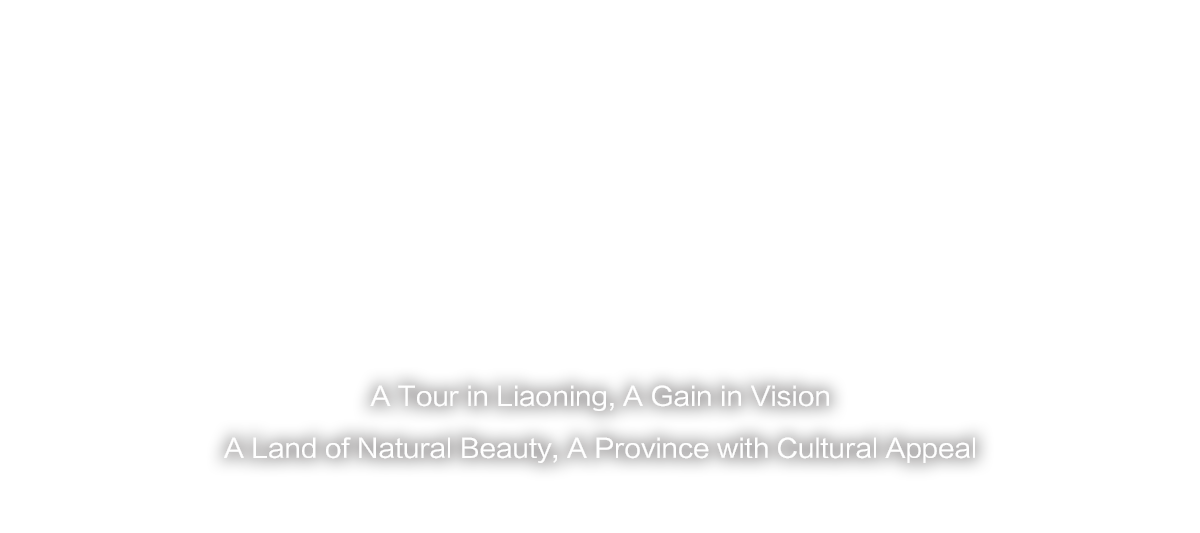On March 4th, 1961, mural tombs in Liaoyang were designated by the State Council as one of the first “key historical and cultural sites under national-level protection”. It was the first shortlisted national-level key site in Liaoning Province.
The mural tombs dated from the mid-to-late Eastern Han Dynasty until the Western Jin Dynasty, spanning nearly three hundred years, beginning around 1800 years ago.
Liaoyang, originally known as Xiangping, was the capital of the Liaodong Commandery, established by the state of Yan, and was the earliest administratively established city in the northeast region and remained the political, economic and cultural center of Northeast China until the Qing Dynasty.
During the Eastern Han Dynasty, Liaoyang attracted a large influx of people from the Central Plain due to its dense population, favorable weather and a relatively peaceful environment, which further contributed to the development of the local economy and culture.
The mural tombs, which are distributed throughout the suburbs of Liaoyang, are a vivid portrayal of the Liaodong area with its stable society, affluent life and prosperous culture during this period.
Most of the tombs have flat roofs and multiple chambers. They can be divided into two types. The small ones were essentially joint husband–wife tombs, and the large ones were joint tombs for multiple family members. The chambers were constructed of huge and heavy slabs of shale from Nanfen, which interlock for support.
In those days, the large stone slab walls from which the burial chambers were built were directly painted, without being plastered, using pigments of different colors, which is a type of painting unique to Liaoyang.
The objects depicted in the murals are vivid and expressive, even in cramped chambers, the paintings are complete, even if small. They are not only diverse and comprehensive, but also connected along the walls, suggesting that Chinese painting techniques were well established by that time.
The murals mainly center on the tomb owner’s life experience, such as home, characters, acrobatics, horse leading, cattle ploughing, hunting, cockfighting, banqueting and cooking, watching the performances, honor guard travelling, etc. The ceiling of chambers is mostly painted with patterns of the sun, moon, and flowing clouds. These images vividly reproduced the luxury life of the noble and wealthy families in the Han, Wei and Jin Dynasties.
Feng Yongqian, an archaeologist who participated in the excavation of the mural tombs in Liaoyang, noted that the paintings were both mature and unique among contemporaneous tombs in China. The techniques used are not found elsewhere and are quite distinctive, and their academic value and historical status are comparable to major discoveries like the scriptures from the city of Dunhuang, the wooden slips from Gansu Province, the oracle bone inscriptions from the Yinxu Ruins, and even Peking man.

